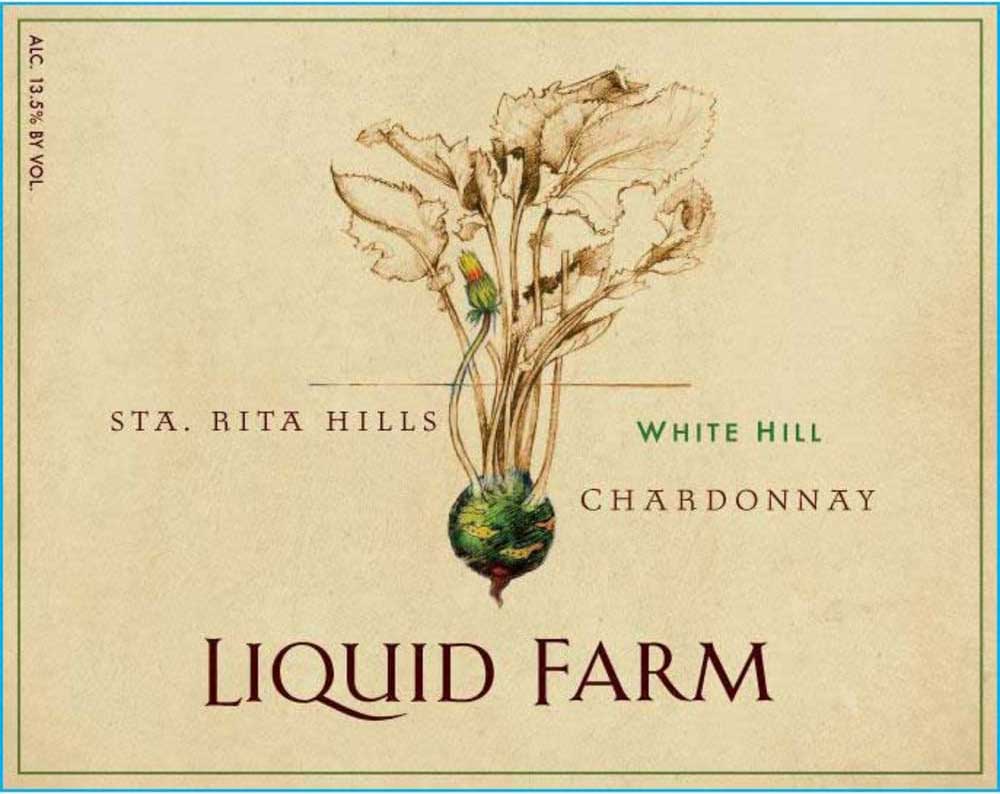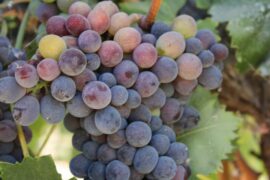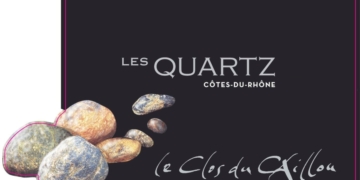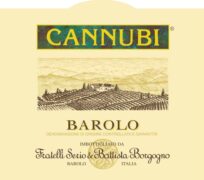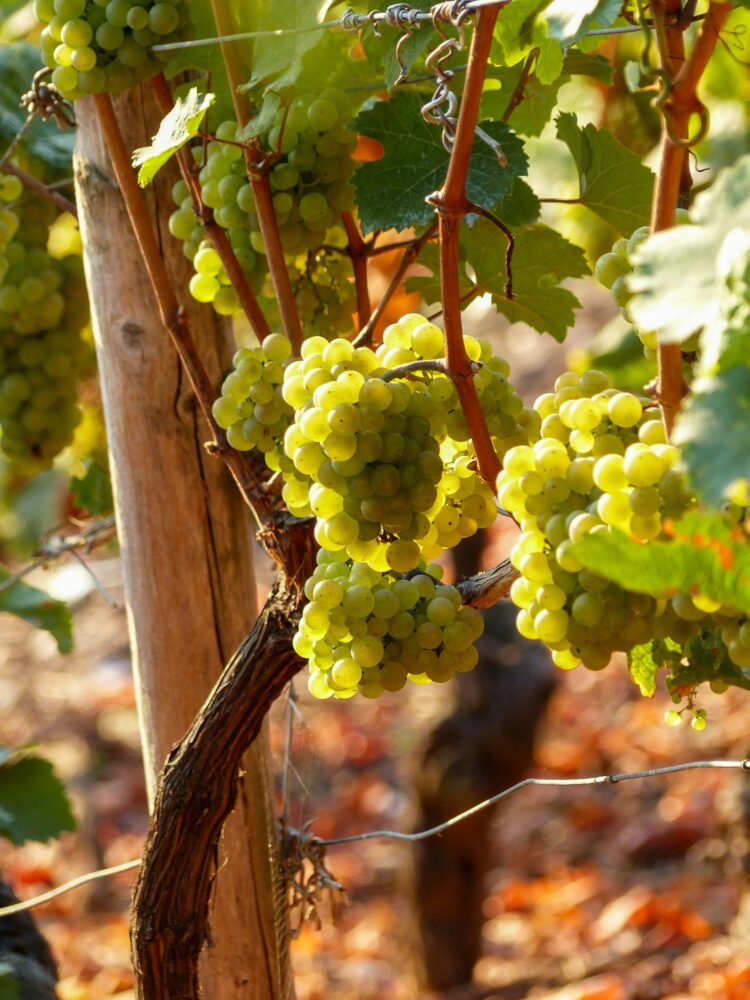Austria is often celebrated for its exceptional white wines, particularly Grüner Veltliner and Riesling. However, the country’s red wines are equally deserving of attention, offering a diverse range of flavors, styles, and terroir-driven characteristics. Austrian red wines, from the indigenous Blaufränkisch to the popular Zweigelt, are gaining international recognition for their quality and unique profiles. Here’s a closer look at Austria’s red wine landscape and the varietals that make it stand out.
Blaufränkisch: The Bold and Structured Red
Blaufränkisch, also known as Lemberger in Germany, is Austria’s premier red grape varietal. It thrives in the Burgenland region, particularly in the Mittelburgenland area, often referred to as “Blaufränkischland” due to its suitability for this grape. Blaufränkisch produces wines that are deeply colored, with a robust structure and vibrant acidity. The wines are known for their dark berry flavors, often accompanied by spicy and peppery notes, with a distinctive minerality that reflects the limestone and clay soils of the region.
Blaufränkisch wines range from fresh and fruity in their youth to complex and layered as they age. Top producers like Weingut Moric and Weingut Gernot Heinrich have been instrumental in elevating Blaufränkisch to a world-class level, crafting wines that are both expressive of their terroir and capable of long-term aging.
Zweigelt: Austria’s Most Widely Planted Red Grape
Zweigelt is Austria’s most widely planted red grape, a cross between Blaufränkisch and St. Laurent, created in 1922 by Dr. Fritz Zweigelt. This versatile grape thrives in various regions, including Burgenland, Lower Austria, and the Carnuntum region. Zweigelt wines are typically medium-bodied with bright red fruit flavors, such as cherry and raspberry, often accented by subtle spice and soft tannins.
The appeal of Zweigelt lies in its approachability and versatility. It can be enjoyed young, offering a fruit-forward and easy-drinking experience, or aged for more complexity. Zweigelt is also used in blends, adding fruitiness and balance to other varietals. Producers like Weingut Umathum and Weingut Paul Achs are known for their exceptional Zweigelt wines, which showcase the grape’s potential for both quality and drinkability.
St. Laurent: The Elegant and Aromatic Red
St. Laurent is another indigenous Austrian red grape, closely related to Pinot Noir, and known for producing elegant, aromatic wines. It is primarily grown in the Thermenregion and Burgenland, where the grape benefits from the warm climate and diverse soils. St. Laurent wines are often compared to Pinot Noir, with their silky texture, vibrant acidity, and complex aromas of dark cherries, plums, and earthy undertones.
Despite being more challenging to grow due to its susceptibility to frost and disease, St. Laurent has found a dedicated following among winemakers and consumers alike. The wines are typically lighter in body compared to Blaufränkisch but offer a refined, nuanced drinking experience. Weingut Wieninger and Weingut Johanneshof Reinisch are among the producers who have excelled in crafting high-quality St. Laurent wines, bringing out the best in this delicate varietal.
Other Notable Austrian Red Wines
Beyond these three main varietals, Austria is home to several other noteworthy red wines. Pinot Noir, known locally as Blauburgunder, is increasingly being cultivated in cooler regions like Styria and Lower Austria, producing wines with elegance and finesse. Austria also produces rich and full-bodied Cabernet Sauvignon and Merlot, often used in blends with Blaufränkisch to create complex and structured wines.
In addition, Austrian winemakers are experimenting with international varietals and innovative blends, further expanding the country’s red wine offerings. The diversity of styles—from fresh, fruit-driven wines to more powerful and age-worthy expressions—demonstrates the versatility of Austria’s red wine scene.



